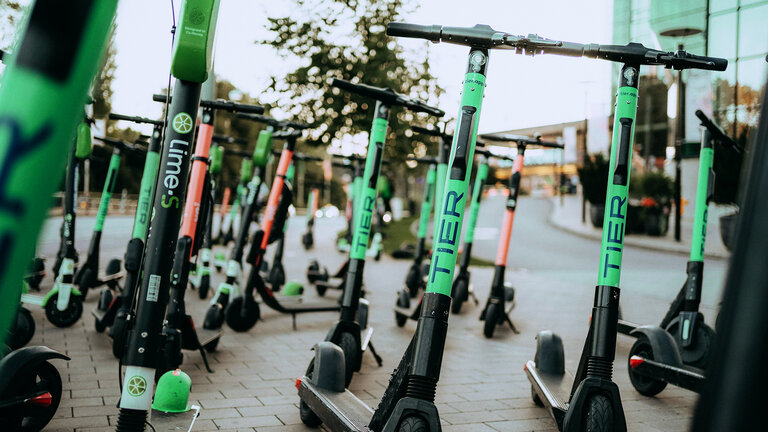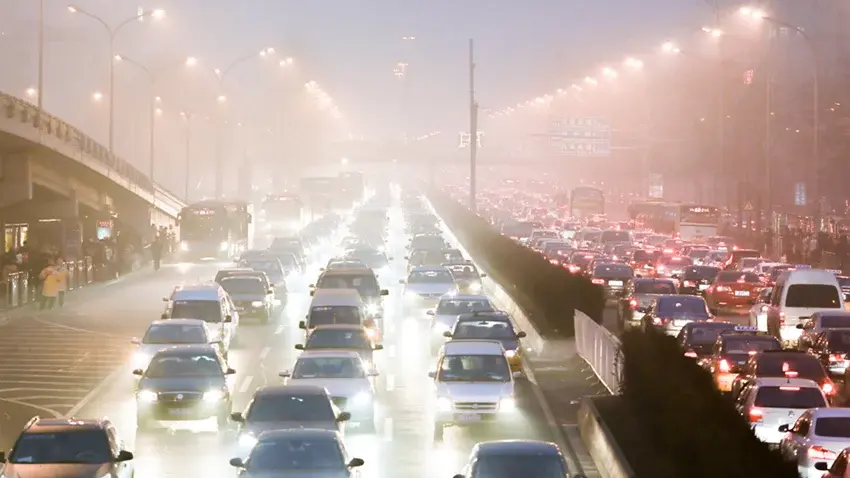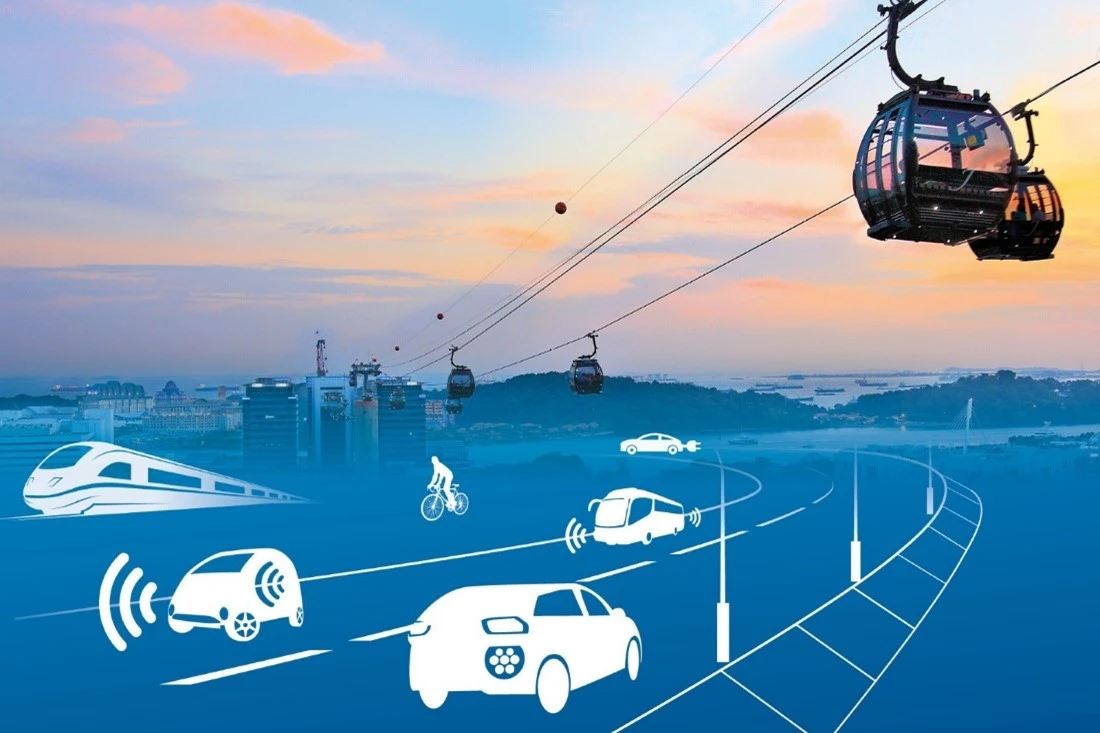Our mobility is currently undergoing a fundamental change. Not only do major trends such as climate change, digitalization, and urbanization intersect this process, but the changes are also affecting entrenched ideas and ingrained patterns of behavior. In this context, how are mobility experts advising their customers? We spoke to Claus Bürkle, mobility expert and partner at Drees & Sommer, about this.
Mobility trend
Mr. Bürkle, many mobility trends point in different directions. For example, the idea of sharing aims to reduce the number of cars, while autonomous driving is likely to increase the number of cars. How do you advise your customers in this confusing situation?
Claus Bürkle: In our consulting, we look to differentiate and show two sides of the same coin. Let’s stay with your example. In my opinion, autonomous driving has two sides. On the one hand, it would work in the city. But the area must be closed off to the outside. This would be in a defined metropolitan area, for example, where the autonomously driven vehicles belong to a service provider. Otherwise, too many people would simply drive autonomously into city centers instead of using public transport, which is still the best means of transport for large groups of people.
On the other hand, you have rural areas, where we don’t yet have as much traffic density as in urban centers. In my opinion, this is where autonomous driving becomes really interesting. It is especially interesting when it comes to passenger transport because it can counteract urbanization. People will then continue to commute because they can already work in their cars. In short, autonomous driving may come to cities, but it will not be a panacea. However, it can make an important contribution to greater road safety.
Couldn’t we pull other levers instead of thinking about highly complex technologies? For example, shouldn’t we make more innovative use of existing infrastructure?
Basically, all new mobility technologies can only supplement existing mobility. For mass transportation, rail-based modes of transport are still the be-all and end-all. Ultimately, however, the infrastructure must also be maintained.



